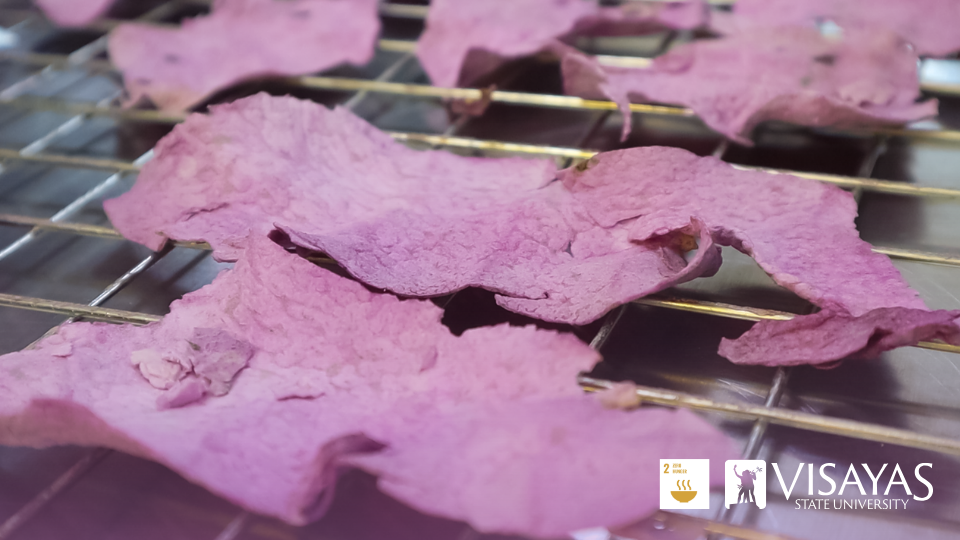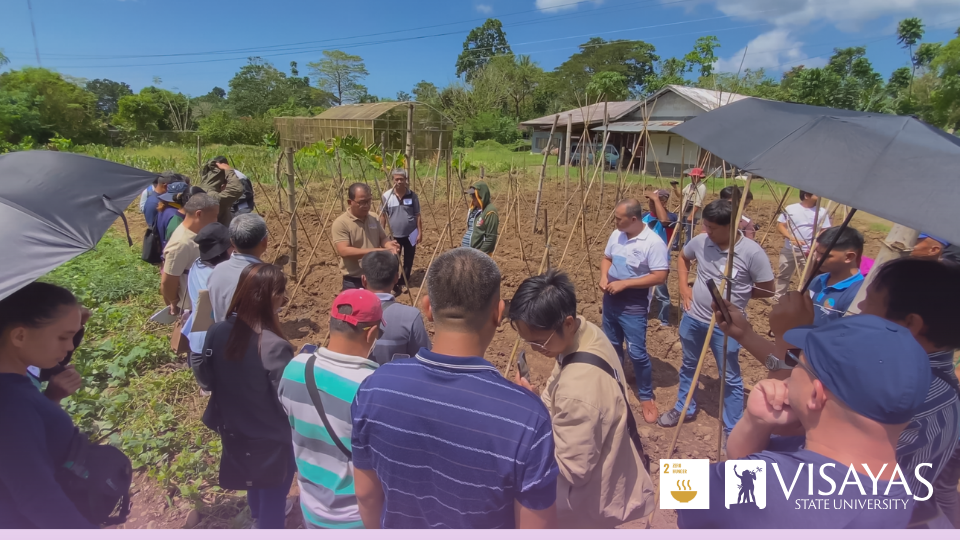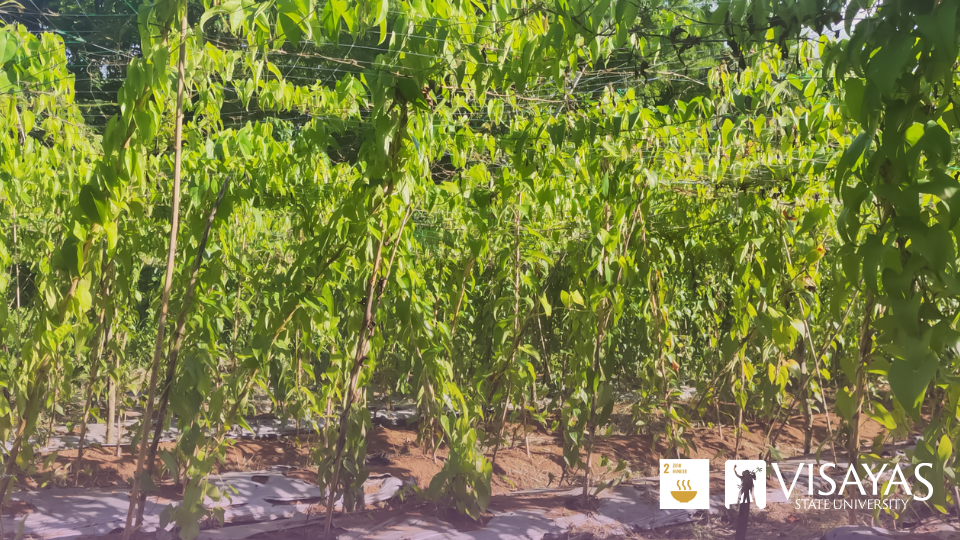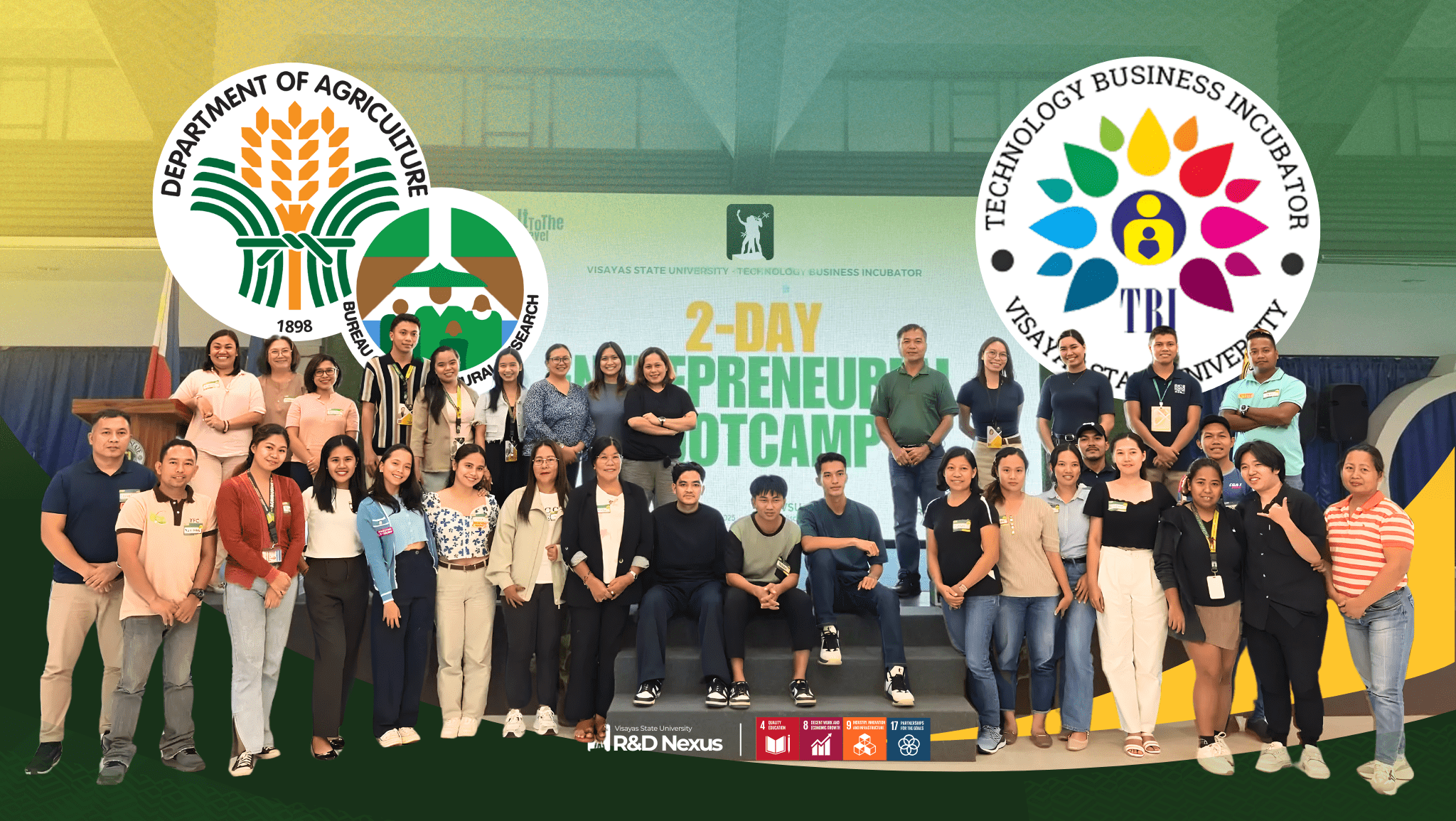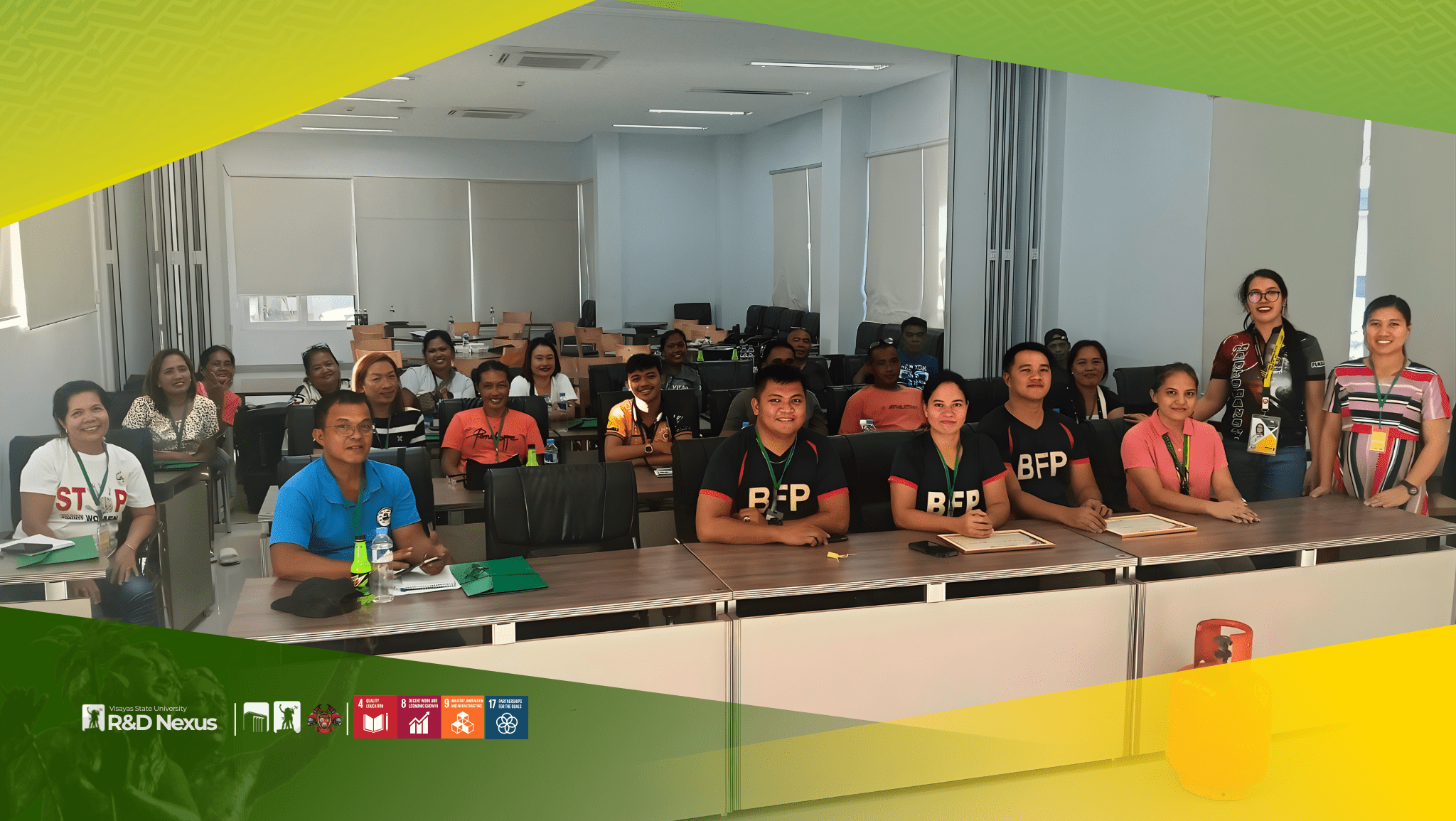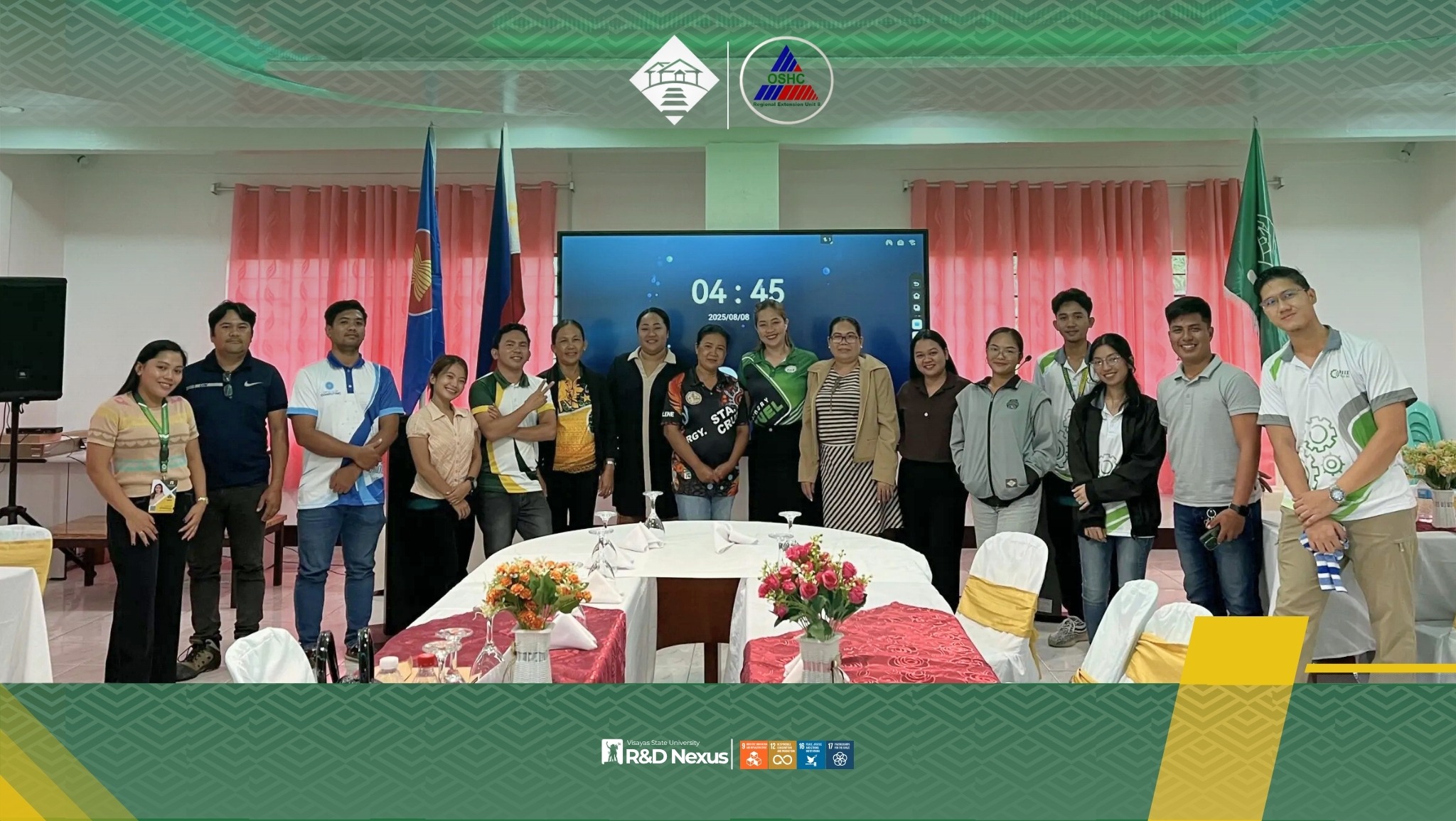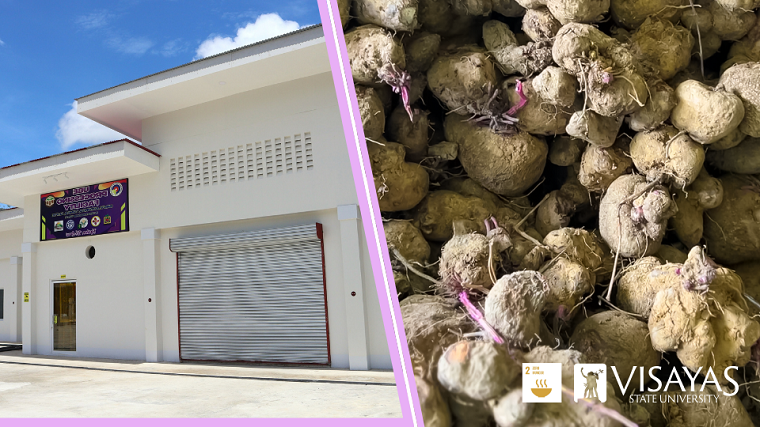
Purple Gold: The Promising Future of Ube in Region 8
Purple Gold: The Promising Future of Ube in Region 8
In the lush landscapes of Region 8, a bright future is taking root, ube (𝘋𝘪𝘰𝘴𝘤𝘰𝘳𝘦𝘢 𝘢𝘭𝘢𝘵𝘢 𝘓.). A humble crop that serves as a staple and dessert in many Filipino households for decades, and is widely cultivated by local farmers for its distinct flavor and rich color. Today, it is emerging as one of Region 8’s most valuable crops, known as “purple gold.”
Traditionally planted once a year and primarily harvested for seasonal festivities, ube has long been a staple in rural diets. However, with rising global demand and newfound investment, it’s poised to become a year-round commodity for profit. Region 8, backed by a network of local stakeholders, is rapidly transforming into a national hub for ube production, with ambitions to become the Ube Capital of the Philippines.
A Crop with Cultural Roots and Global Reach
Native to Southeast Asia, ube is more than a crop in the Philippines; it’s part of every Filipino’s rich cultural identity. From ube halaya to cakes, ice cream, halo-halo, and milk tea, among other trendy desserts, its versatility in savory dishes has made it extremely in demand. What’s more, it is due to its health benefits, including its high content of vitamins and antioxidants.
As domestic and international demand surges, so too does the pressure to scale up production. Farmers and entrepreneurs in Visayas are answering the call, fueled by a shared vision of inclusive agricultural development.
Planting the Seeds of Progress
In February 2025, ground was broken on one of the region’s most ambitious agricultural projects yet: the Ube Processing Plant in Tunga, Leyte. Valued at ₱50 million, the facility is a result of strategic collaboration among key organizations, including VSU PhilRootcrops, VSU Biodiversity Center, OMMRO, Filipino Ube House, ATI, RAFC, and the Fatima Multi-Purpose Cooperative (Fatima MPC). It marks a major step forward toward transforming Region 8 into a major player in the ube value chain.
Designed to operate year-round, the processing plant will reduce post-harvest losses, increase farmers’ incomes, and stimulate rural economies. Most importantly, it will encourage farmers, especially those in upland and idle land areas, to adopt ube as a sustainable, profitable crop.

Going Green: A Commitment to Organic
But the vision extends beyond quantity. Stakeholders are embracing a greener path, focusing on sustainability and food safety. On February 27, 2025, a seminar on Ube Good Agricultural Practices (GAP) and Organic Production Protocols was held at Visayas State University. The event emphasized the importance of environmental stewardship, implying organic standards. The event was organized by OMMRO in collaboration with PhilRootcrops, Fatima MPC, and other partners.
Government agencies, including DA RFO8, ATI RTC8, and TESDA RO8, have pledged support for organic certification programs, ensuring that Region 8’s ube meets global benchmarks for quality and sustainability.
A Vision Within Reach
With coordinated efforts from government agencies, academic institutions, and community cooperatives, Region 8 is on the brink of redefining its agricultural identity. The roadmap is clear: scale up production, embrace organic methods, and establish value-added facilities that cater to both domestic and global markets.
If successful, this initiative could create thousands of jobs, revitalize rural economies, and place Eastern Visayas at the forefront of an agricultural breakthrough powered not by gold or oil, but by a tuber the color of royalty.
As the ube vines stretch toward the sky, so too do the hopes of the region’s farmers. The future is purple and it’s looking brighter than ever.


